
Companies are exploring light-sensitive proteins method in patients with advanced disease.

Companies are exploring light-sensitive proteins method in patients with advanced disease.

Mr Gokulan Ratnarajan recaps his 2022 ESCRS presentation: "A Real World Comparison Of iStent Combined With Phacoemulsification And Endocyclophotocoagulation (Ice2) With Preserflo And Xen-45 Implants In The UK; Short- And Long-Term Outcomes."
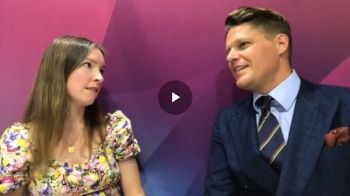
Prof. Martin Dirisamer speaks with Editor Caroline Richards about his ESCRS instructional course, "Mastering laser refractive surgery: Indications and outcomes."
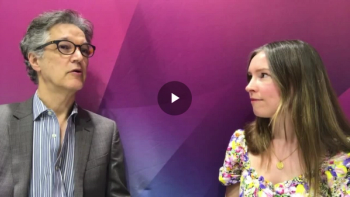
Dr David Lubeck talks with Caroline Richards of Ophthalmology Times Europe about his ESCRS presentations, touching on surgical effects on corneal epithelium and the iTrack Global Registry for glaucoma.
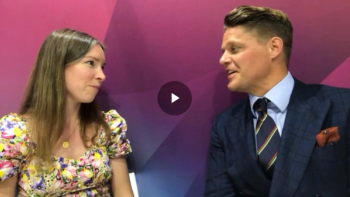
Prof. Martin Dirisamer discusses his instructional course on common mistakes when performing DMEK and how to avoid them at ESCRS.
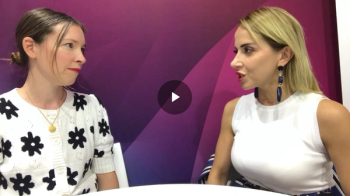
Assistant Prof. of ophthalmology Basak Bostanci discusses her ESCRS presentation, “Extended Range Of Vision In Unusual Cases” and how EDOF lens technology is evolving to include a wider pool of candidates.
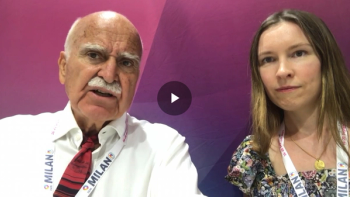
Prof. Ioannis Pallikaris discusses his 2022 ESCRS presentation: "Peripheral Capsule Reconstruction And IOL Centration With The Fixoflex Ring".

Members of the Ophthalmology Times Europe Editorial Advisory Board offer comments on the symposia they are most excited to attend at the 2022 ESCRS Congress in Milan, Italy.

Taking place from 16–20 September 2022, and following the success of last year’s congress, the 40th ESCRS will again be a face-to-face event but supported by a virtual conferencing platform that will allow the sessions to also be streamed.

Data highlights need for educational materials and training resources in DMO and DR.

12-week interim results of BEHOLD, a proof-of-concept Phase 2a study investigating the candidate UBX1325, provides a positive outlook for a novel senolytic approach for previously-treated patients with diabetic macular oedema.

Eyecare specialists benefit from being able to monitor their patients long term for optimised and personalised treatment regimens, as well as having access to a more efficient workflow and one which enables them to see more patients.
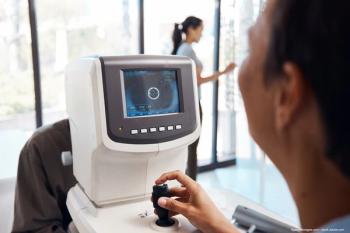
According to Dr Gregor S. Reiter, the results from the multicentre Phase 3 clinical trial demonstrated that fluid volumes in patients with nAMD can be precisely identified, localised and measured in real-time using artificial intelligence.
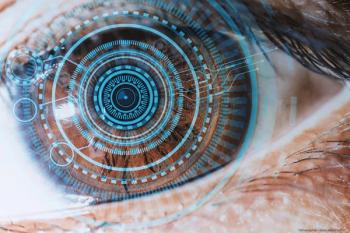
Automated quantitative fluid analyses are enabling personalised treatments, better patient outcomes.
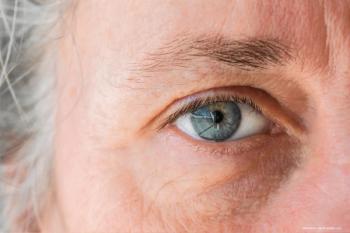
Genotyping and artificial intelligence are together starting to predict the progression of glaucoma in individual patients, sparing them from suboptimal treatments and side effects. Recent research efforts are exploring modifiable risk factors such as caffeine consumption.

Ophthalmologists gather to discuss artificial intelligence and the issue of false negatives, practice for surgeons and Best of the Best at the European Society of Cataract and Refractive Surgeons congress.
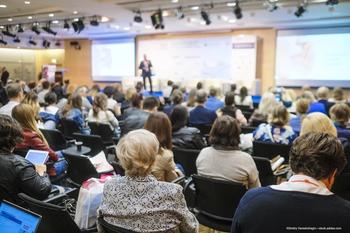
Talk of lens selection and patient satisfaction dominated discussion during the Advanced IOLs Symposium; cost vs. benefit analysis emerges as a theme throughout the congress.


The 39th Congress of the European Society for Cataract and Refractive Surgery (ESCRS) will meet at RAI Congress Centre in Amsterdam, the Netherlands, from 8–11 October 2021. The Congress will also be held virtually, making the chance to participate in some capacity a reality for all.

Ophthalmology, with its heavy reliance on imaging, is an innovator in the field of artificial intelligence in medicine.
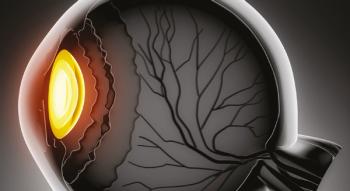
Artificial intelligence and genetic testing are expected to facilitate choosing the best treatment for each unique glaucoma patient within the next decade. This will not only lead to the best outcomes for individuals but will also spare them the costs and side effects of suboptimal treatments.
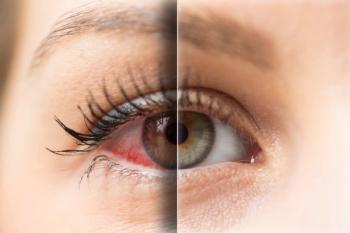
The vicious cycle theory is a new way of understanding dry eye disease and may help improve prevention and treatment strategies.

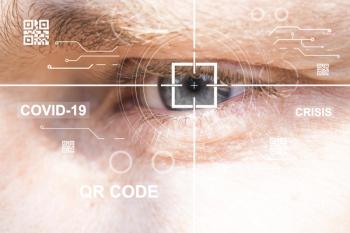
Emerging data on conjunctivitis cases in COVID-19 patients necessitate high levels of caution and a meticulous approach during the pandemic.



As another year comes to an end, five members of Ophthalmology Times Europe’s Editorial Advisory Board reflect and share their perspectives on the exciting opportunities that lie ahead for ophthalmologists in 2018, whilst also considering the potential challenges.

A three-day exhibition that shows how people with visual impairments can appreciate a wide range of art forms was unveiled at the Science Museum on 8th August 2017.

A pioneering dye-based technique that enables aqueous humour outflow to be studied has the potential to improve glaucoma angle-based procedures and surgery outcomes.

An aircraft that houses an ophthalmic teaching hospital, containing an on-board operating theatre, training and broadcasting facilities, and treatment rooms, recently visited London Stansted Airport in the UK.
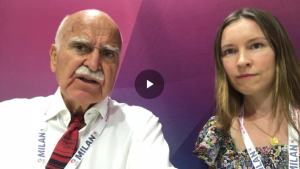
Published: September 17th 2022 | Updated:
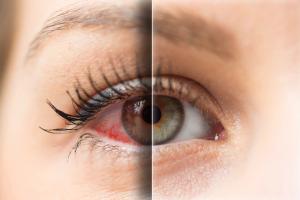
Published: January 7th 2021 | Updated:
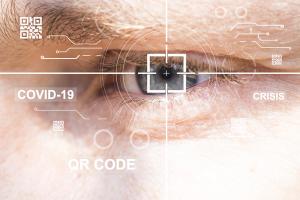
Published: June 21st 2020 | Updated:
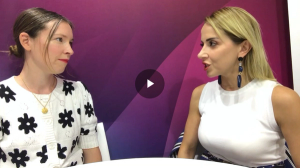
Published: September 20th 2022 | Updated:

Published: October 15th 2021 | Updated:
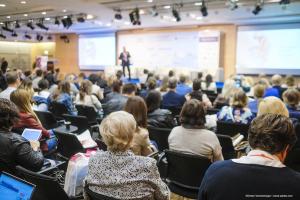
Published: October 20th 2021 | Updated: